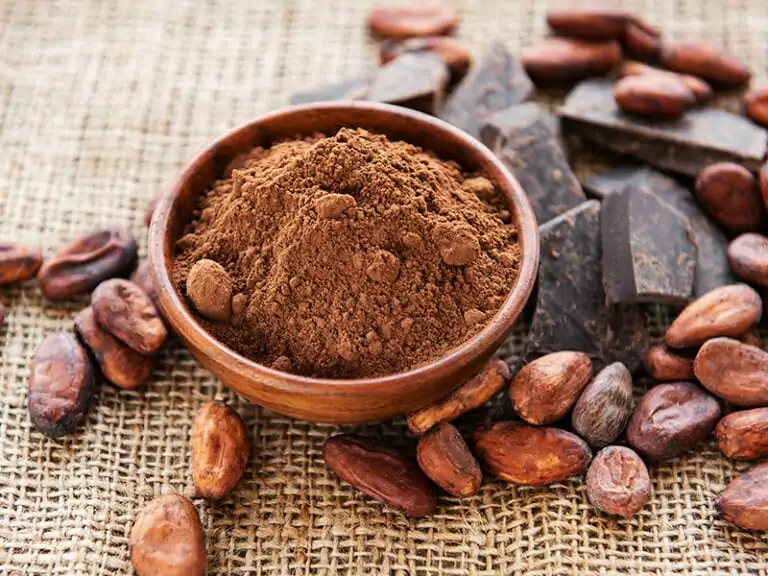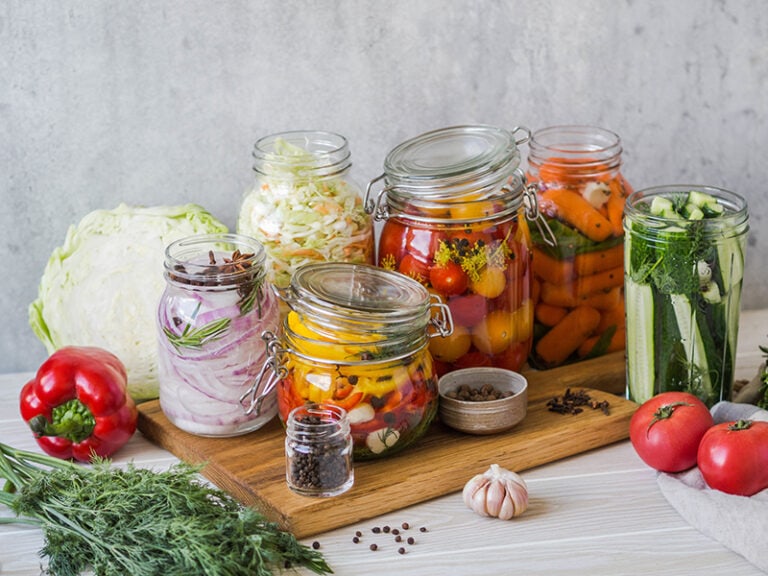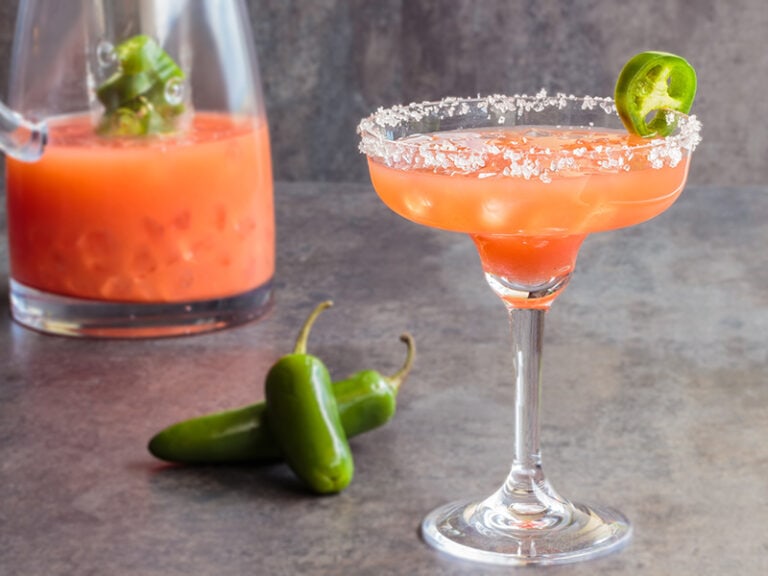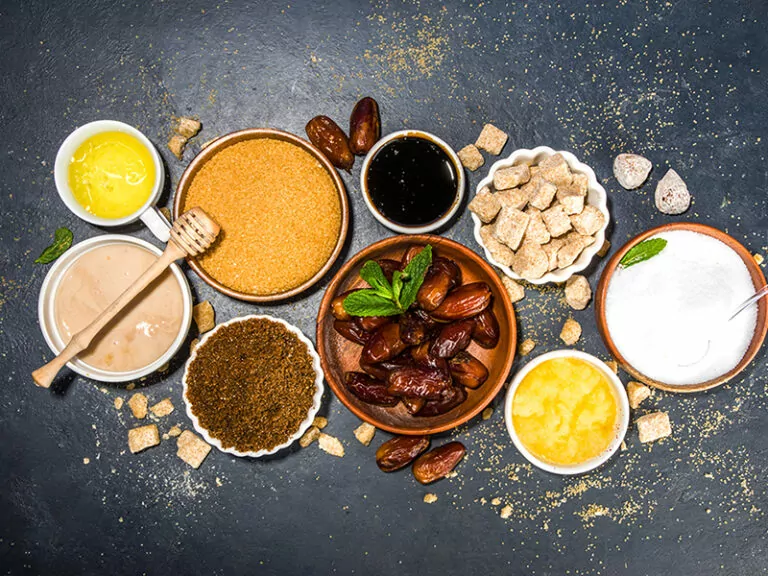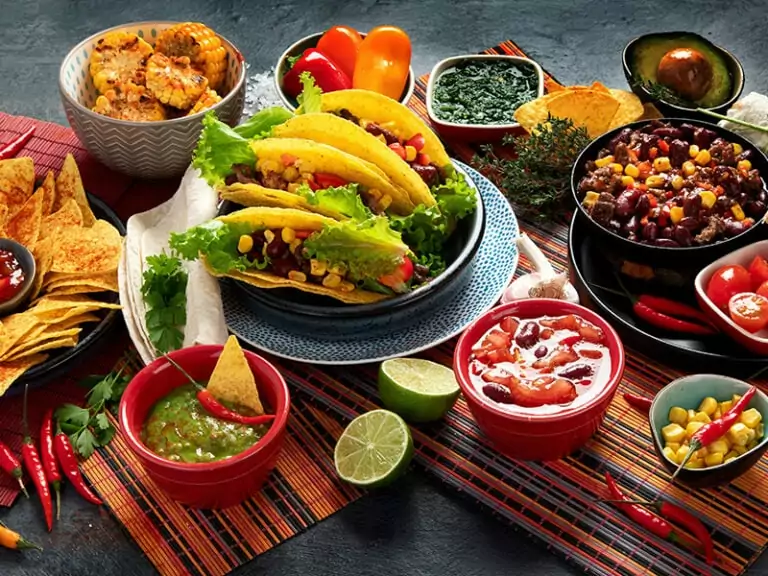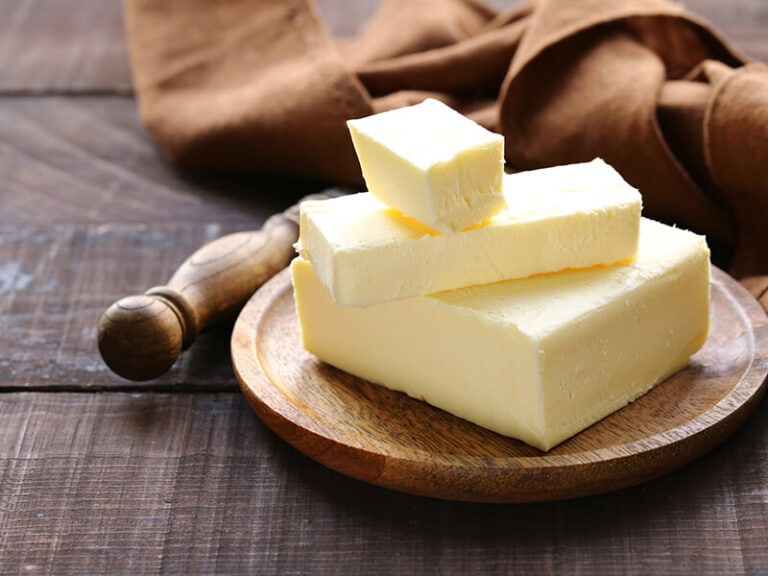Have you ever asked yourself how long does it take for water to boil? Is it a matter of temperature or something entirely different? Does this knowledge bring you great joy and aid you in the pursuit of culinary? If this matter interests you, you have come to the right place.
This article will bring you all the general, and trivial knowledge that was simply swept along the passage of time regarding the boiling time of water and any factors that affect it to help you properly gauge how long it takes for water to boil.
And even if you have already known all the tricks involved with boiling, a little refresher might still benefit you. So spare a little time here, and I’m sure you will be rewarded.
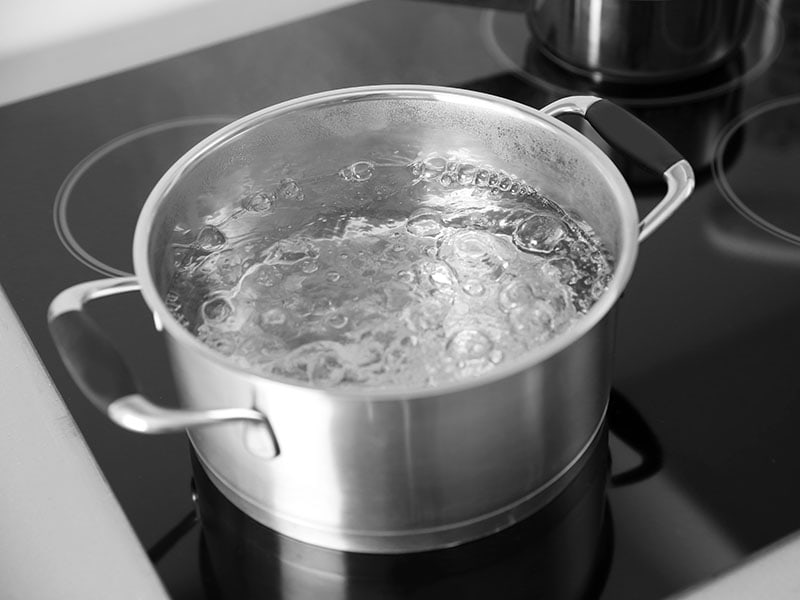
So How Long Does It Take For Water To Boil?
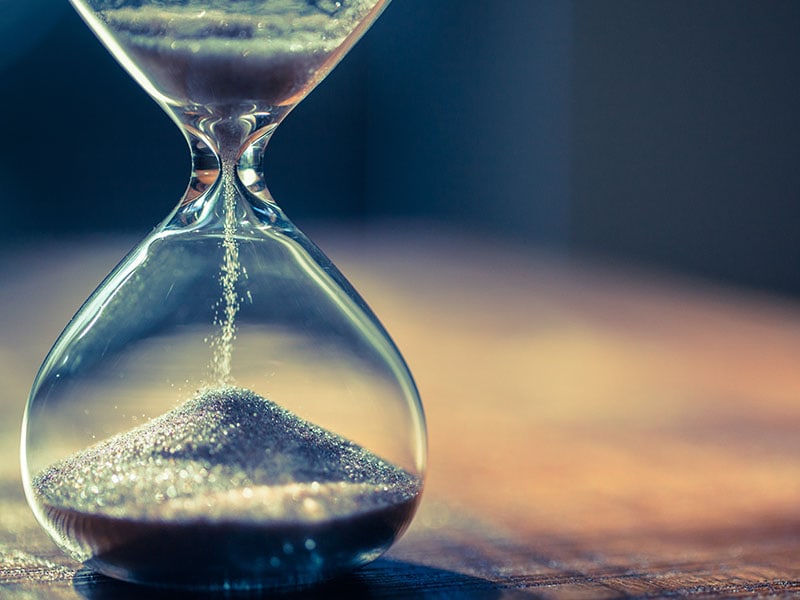
Regrettably, I cannot offer an exact accurate time with so many variables involved in this process. Not only does boiling water vary depending on the type and quality of your cooking appliances, but it also depends on the amount of water you are boiling.
I will further break down every factor needed in the boiling process and provide an estimated time for each of them. For now, you will have to trust me and read further so you can understand my reasoning.
But if you are in a hurry, then I can provide a simple estimation. With a kettle at room temperature and 250 ml of water on medium heat, 2 minutes is how long it takes for water to boil at ground level.
With the same condition but with an electric stovetop, 4 – 6 minutes is what you can expect.
And with an induction stovetop, you can expect it to boil in under 90 seconds, depending on your stove quality.
An electric kettle is more tricky since you can not control its temperature, but on average, an electric kettle can boil the same amount from 1 – 2 minutes. And a microwave can boil 250 ml of water in less than 60 seconds.
What Is Boiling?
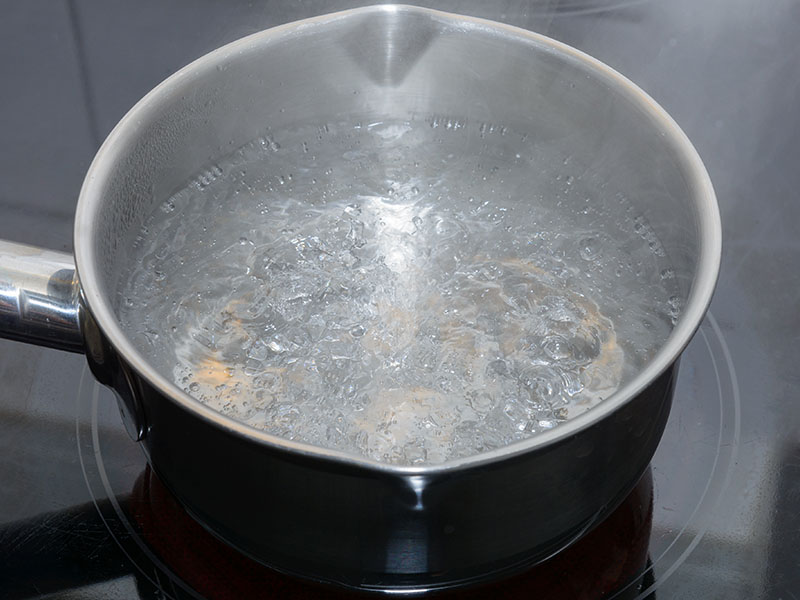
I think you are pretty familiar with boiling already, but please allow me to explain its overall mechanism to anyone who simply wishes to refresh their minds.
The Boiling Process
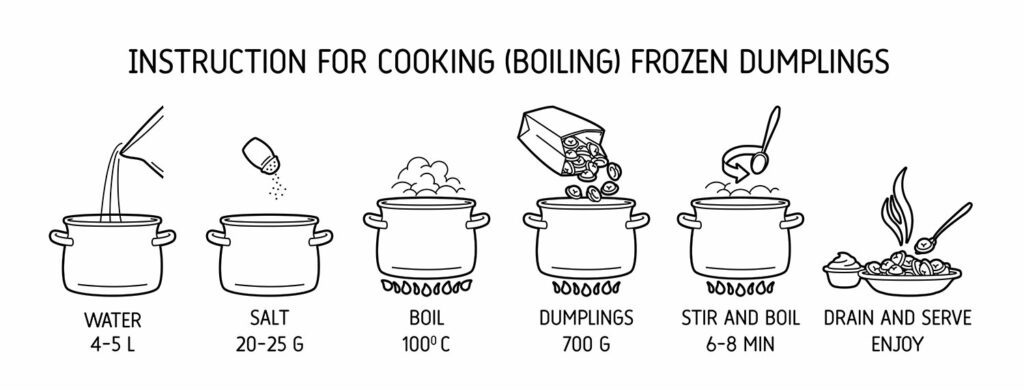
Boiling is a cooking method that uses water to heat food. Boiling is a form of stewing, which means foods become cooked by being immersed in hot liquid.
In short, boiling is the process of turning a liquid at its saturation temperature into vapors by applying heat (1) .
Boiling does not require any added fat, but it requires some salt for flavor. It often requires a tight-fitting lid to ensure the water does not evaporate too quickly and become salty in the aftermath.
You probably already know all this, but In case you are still curious about the process behind it, let’s take a step back and jog your mind a little bit.
The Science Behind The Interaction Between Heat And Water
Under normal conditions, the boiling point of water is 100 degrees Celsius at atmospheric pressure. So when you heat water, the temperature of the water starts to increase when the heat is applied.
This heat will make the molecules in the liquid start to move faster and create more collisions with other molecules around them, and this process is called boiling.
When you turn on a stove, you are essentially applying energy to a pot of water, making it boil faster than if it was just sitting there cold and untouched. For something to heat up, it needs enough energy for its particles (molecules) to collide with each other.
How To Know The Time It Takes For Water To Boil
Here is the meat of the matter. I would love to tell you a number and then call it a day, but sadly, there is no clear answer for this except that it depends.
These included:
1. Types of heat sources.
2. The size, shape of the cooking appliances, and the amount of water being boiled.
3. Altitude level.
4. Temperature.
Below, I will explain and introduce you to some of the most common cooking appliances used to boil water. And an estimation of time to how long it takes for water to boil in each of them.
Common Types Of Heat Sources
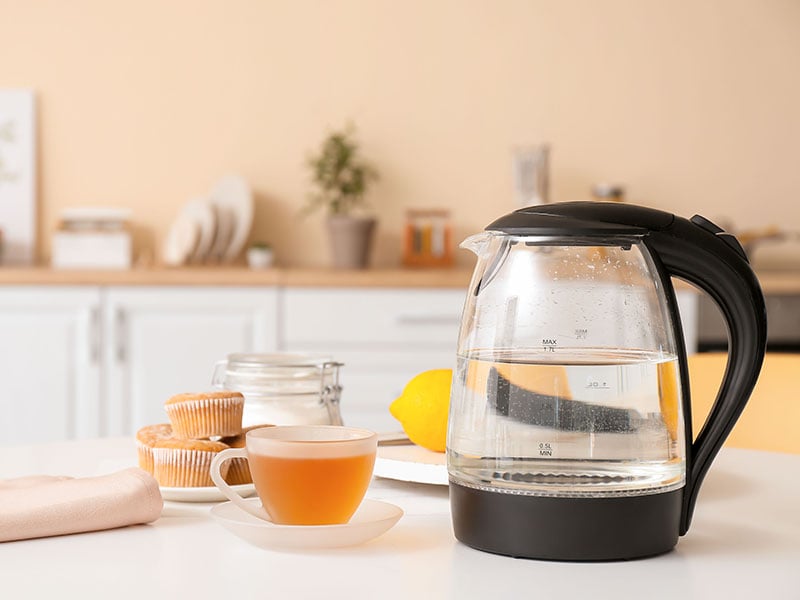
Nowadays, there are so many kitchen appliances that you tend to forget the crucial ones. Not only is heat an integral part of human life, but this also extends to cooking instruments all the same.
So let’s discuss some of the most common irreplaceable ones in the modern world concerning cooking, and see their effects on boiling water:
As you can see, the electric kettle is the clear winner in a contest of speed. And to understand why the result becomes like this, I will briefly introduce each of these cooking appliances to you.
Gas Stovetop
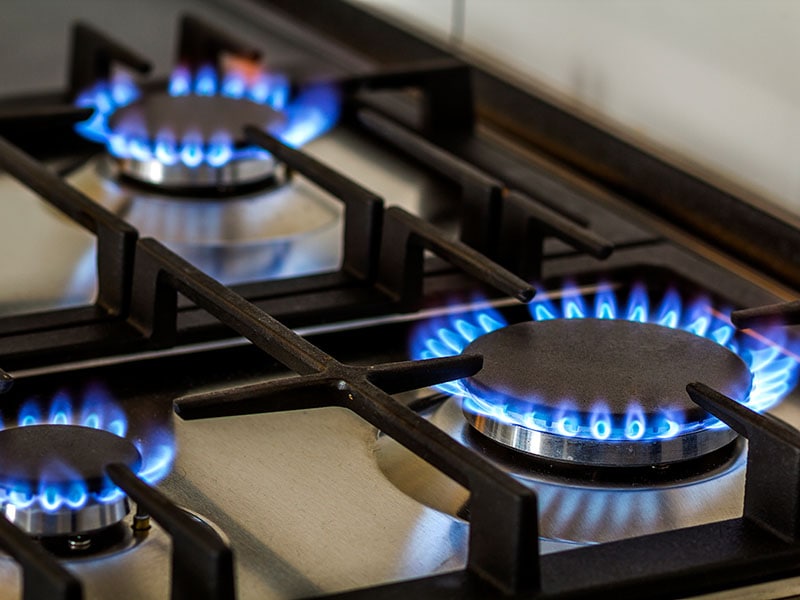
There are two types of gas stovetop: Natural gas and propane. Natural gas is the more common type of stoves + (types of stove), but propane is also available. Propane stovetops are typically used in rural areas where natural gas is unavailable.
Gas stovetops use either an open flame (blue flame) or radiant heat (infrared). Open flames models have a burner exposed to the air, while radiant heat models have a burner covered by a metal plate. Radiant heat models are generally more efficient than open flame models.
Its mechanism is simple. You use gas to create a direct flame or infrared heat under a pot or a pan of your choosing to heat it. This is undoubtedly one of the quicker ways to boil water.
Electric Stovetop
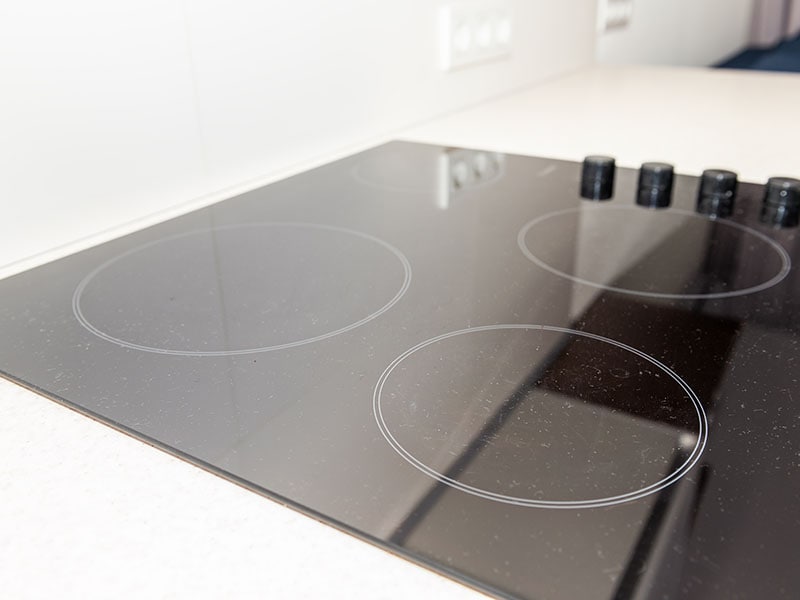
Electric stovetops are the next evolution of gas stovetops. They are advertised as the better, safer, and more cost-effective alternative to gas stovetops.
Instead of lighting a flame, an electric stovetop will use electricity to heat a heating element. Then the heating element will transfer that heat to a final cover to heat a pan/pot.
Its complexity makes it more costly and slow in boiling water than a gas stovetop. However, its saving grace is that it is far safer than a gas stovetop.
Induction Stovetop
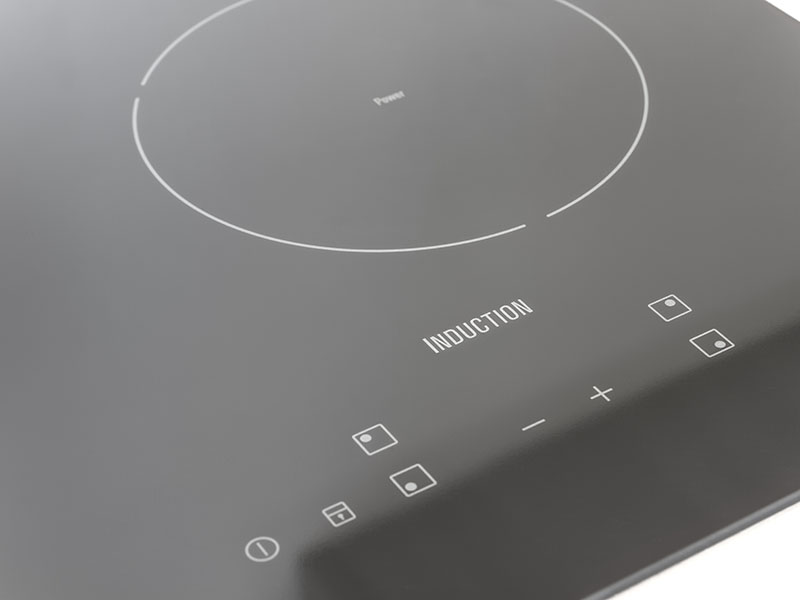
It is the most advanced technology cooking instrument on this list. In terms of safety and cost-effectiveness, an induction stovetop got both gas and electric beat.
Its mechanism is similar to electric stovetops, but instead of heating multiple layers of heat source using electricity. Instead, electricity is simply used to pass through a copper coil, which creates magnetic currents to produce heat.
Because of this simplicity in its design, its heating power surpasses both gas and electric stovetops.
Electric Kettle
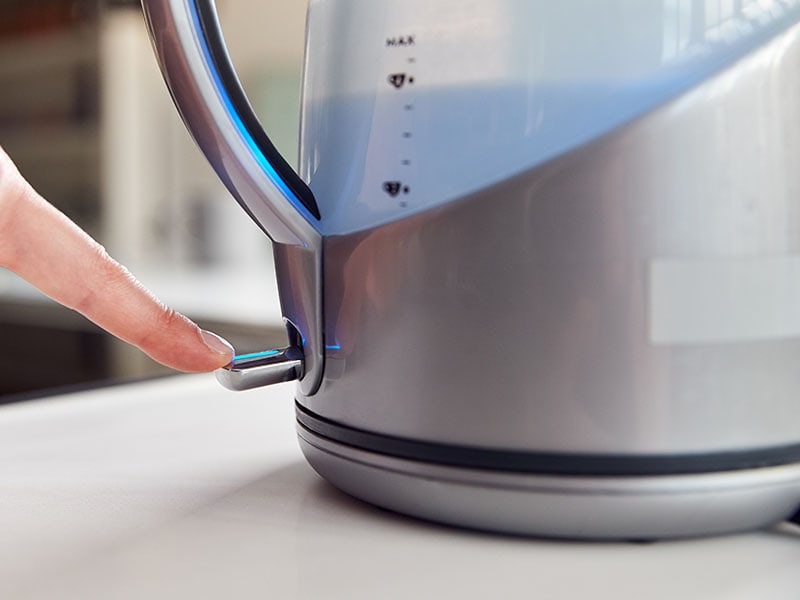
The most common way to boil water nowadays is indisputably this method right here. A house without an electric kettle can hardly be called a modern house by any means.
An electric kettle operates by sending electric currents through the bottom material placed directly in contact with the water. All you have to do is flip a switch, and your boiling water will be ready to serve in a few minutes.
But depending on the brands and your house adapter, results can vary between 2 – 4 minutes. Simply keep in mind that, the stronger your electric kettle is, the faster it boils water.
Different from other stovetops, electric kettles use watts as a measure of energy. They can use between 1500 watts up to 3000 watts per use.
Fast, quick, cheap, and tidy. Whether cooking or simply enjoying a cup of coffee in your free time, an electric kettle is undoubtedly the quickest way for cooking or general uses.
Microwave
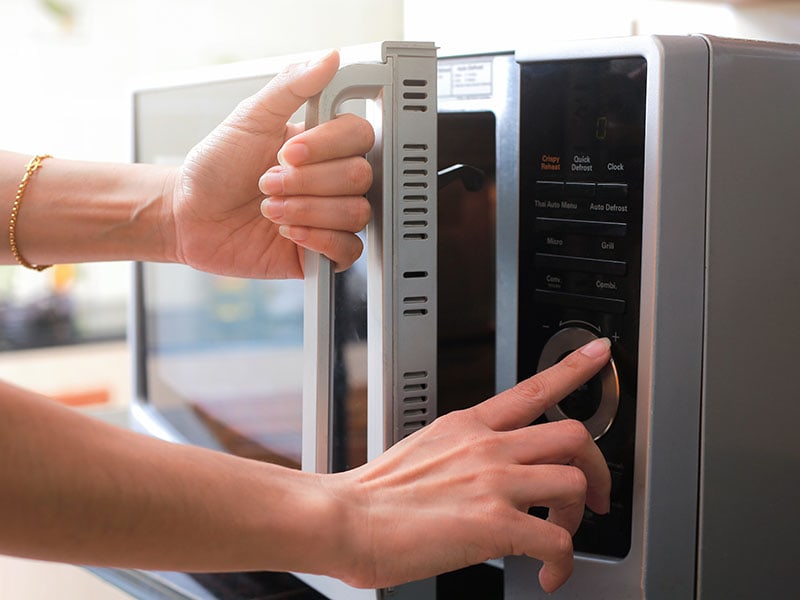
Yes, microwave. Surprisingly, microwaves are also another method for boiling water.
Microwaving means using electromagnetic waves to cause friction between molecules to create heat.
It can be used to boil water, but its validity is questionable at best. Not only do you have to use a microwave-safe container to contain water, but you also have concerns about random spots not heating up properly.
Microwaves also use watts as their measure of energy. Depending on the wattage and amount of water being boiled, 600 to 1200 watts can be used. This ends up costing about 1 – 4 minutes of waiting time.
Furthermore, each microwave has its own instructions on its usage regarding the materials of the cookware (type of cookware material). Therefore, I would not recommend using a microwave to boil water if you have other means. But regardless, it can be considered one of the faster ways to boil water.
A microwave and an electric kettle might be similar, but they have some striking differences:
In both time and energy efficiency, an electric kettle easily triumphs against a microwave.
Size, Shape Of Cooking Appliances, And Quantity Of Water
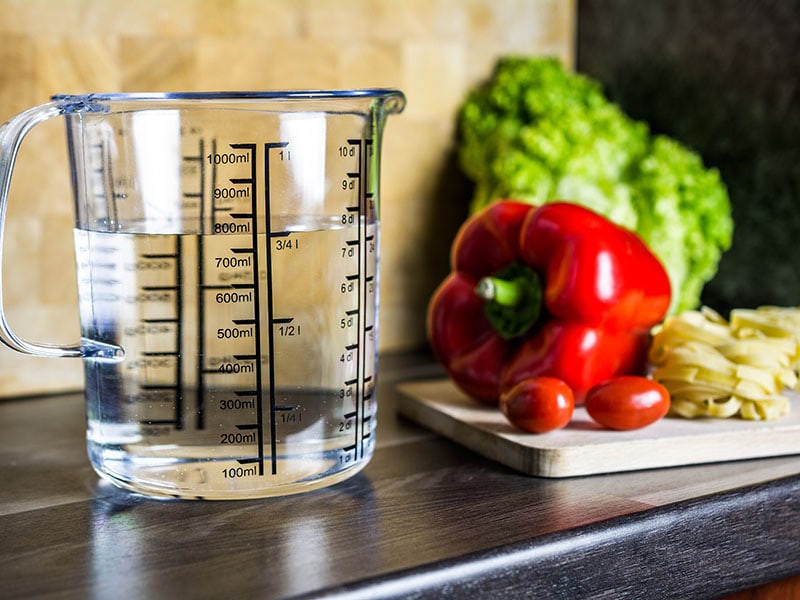
This is pretty straightforward. The more water you have, the longer it takes to boil.
For example, I have two identical cups, one is filled with 1 liter, and one is filled with 4 liters. If I heat it using the same flame volume simultaneously, it is only natural that the cup with 1 liter of water will boil sooner.
But then you would think, what if I transfer the water in the cup with 4 liters of water to a larger, flatter cup. Then the answer would be different this time.
The cup containing 4 liters of water would boil faster thanks to a larger surface area, which led to more water being heated up at the same time compared to the first cup.
The time it takes to boil can also be affected by the containers you use. For example, boiling in a pot or a pan will cause water to take longer to boil than in a kettle.
So, in short, a large amount of water in tandem with a small surface area will make water take longer to boil.
Altitude Level
Altitude is usually not what people consider when boiling water. At a given time, water boils at 100 degrees Celsius under normal atmospheric pressure. In other words, at 0 feet compared to the sea level, water will boil at 100 degrees Celsius.
This changes the higher you are compared to sea level. As you go higher and higher, breathing problems will occur as a sign of oxygen deficiency due to lower atmospheric pressure. But this also means that water will now boil faster.
Simply put, water boils faster because water molecules have an easier time escaping the atmosphere when air atmospheric pressure is low (2) .
Sadly, this information probably can not help you much in a regular cooking setting unless you are currently somewhere with high enough elevation to make a difference (above 10,000 feet).
In summary, The higher you go, the lower the water boiling point, making the water boil faster.
Temperature Of The Heat Source
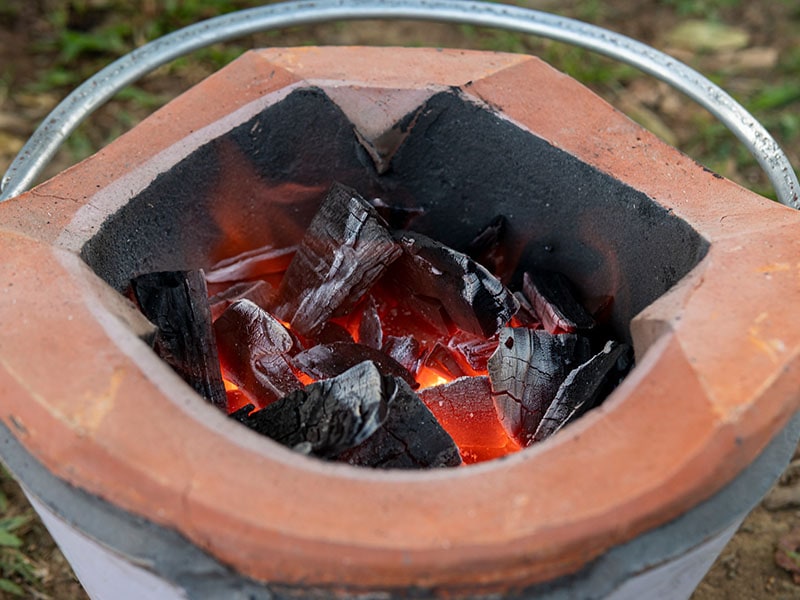
Arguably the most crucial factor to consider when asking yourself, “How long does it take for water to boil?”.
The higher the temperature, the faster water will boil. You can gauge this by using settings available in gas stovetops like low, moderate, and high heat. In addition, you can choose your temperature through a terminal for electric, induction stovetops, and microwave.
In reality, the temperature of the heat sources is most closely related to the question: How long does it take for water to boil?
Not only is it the most critical factor, but it is also the factor that people will most likely correlate boiling with. Other factors like what I have listed above do not change the boiling point too much except for extreme elevation.
Now, you have all the information necessary to make your own estimation on your boiling time at home. But if you are still unsatisfied, I have some good news. There are still ways for you to speed up your boiling time.
7 Powerful Tips on How To Make Boiling Water Faster
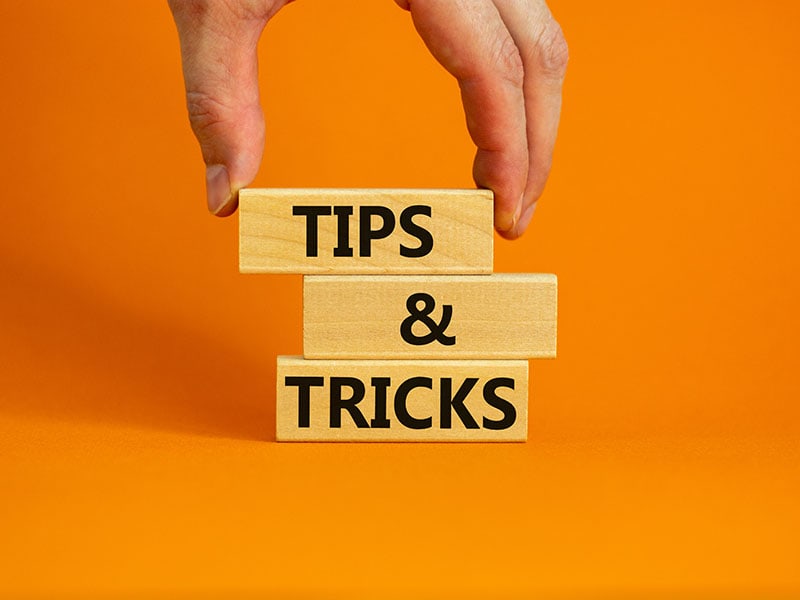
Boiling water is a simple endeavor. Anyone can do it, but to truly master the act of boiling, to make your water boil as quickly and efficiently as possible. There are a few things you absolutely must do:
- Use a pot or pan with a flat bottom made from a good conductor of heat, such as aluminum or copper.
- Make sure the pot or pan is big enough to have plenty of surface area for the heat to transfer to the water. This will speed up the process relatively.
- Put as much water as you need in the pot or pan, but do not overfill it. Overfill, and it will become a safety hazard in your kitchen.
- Always use high heat. This might be obvious, but most people don’t usually use high heat when boiling water.
- Use a lid if you have one; it will act as a heat reflector. This is such a game changer when you know about it. Not only does it make boiling faster but also safer.
- Start boiling with warm water if you can. This will considerably lower the time needed for water to reach boiling point.
- Divide the amount of water between multiple pots, and other stovetops. Of course, you can also throw the electric kettles and microwaves in the mix to further increase the number of heat sources available to cut back on the time it takes to boil water.
Life hack for anyone who wants to boil water at room temperature. The most powerful but impossible tip.
FAQs
And that is all you need to know about how long it takes for water to boil, but if there are still some points you are still unclear about, then I am happy to oblige by listing a few things that might have gone unnoticed.
No Wasted Time = Happier Time
Now that you know how long it takes for water to boil and some crucial factors affecting the boiling time, you can be proud to declare that you have learned something new.
By memorizing these tips and being mindful of them, you can ensure that your water will always boil quickly and safely, both for you and your loved ones alike.
And lastly, you can say farewell to aimless waiting for your water to boil. Instead, you can pick up a thing or two to do while waiting. Those extra minutes might prove far more useful than it seems at first glance.
Thank you for reading until the end if you have made it this far. If any of what I wrote has helped you, please like this article and spread this information to anyone who needs it.
References
- Helmenstine, A., 2022. Boiling Point Definition, Temperature, and Examples.
- Science ABC. 2022. Why Does Water Boil Quickly At High Altitudes?.

